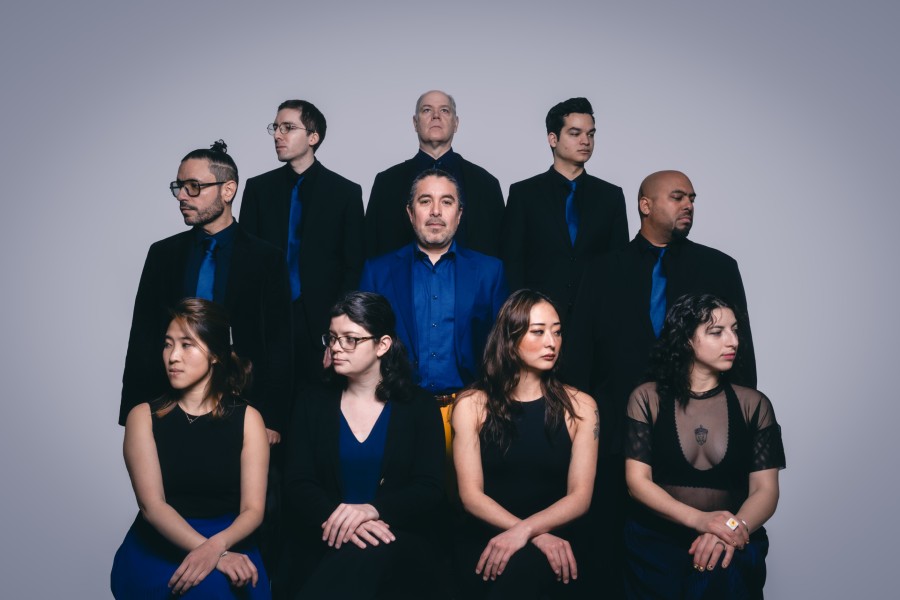 Sugar Hill Museum writes that the great minds of jazz expand the possibilities of song. Ellington wrote prolifically for the players in his band, becoming one of the great American composers. Monk defined the individualism of the bebop era, and reconfigured the workings of harmony for musicians like Parker, whose triumph was not just on the saxophone, but in writing, and in claiming as his own material like Ray Noble’s “Cherokee”.
Sugar Hill Museum writes that the great minds of jazz expand the possibilities of song. Ellington wrote prolifically for the players in his band, becoming one of the great American composers. Monk defined the individualism of the bebop era, and reconfigured the workings of harmony for musicians like Parker, whose triumph was not just on the saxophone, but in writing, and in claiming as his own material like Ray Noble’s “Cherokee”.
A neighborhood legend and a longtime collaborator with both the Sugar Hill Children’s Museum of Art and Storytelling and the Jazz Foundation of America, Marjorie Eliot exemplifies “playing from the heart.” A multi-talented artist in the fields of jazz and theatre, she is best known for welcoming listeners into her Edgecombe Avenue parlor every Sunday since 1992, in celebration of life.
For this series, for children of all ages, Eliot examines the composers and the historical context behind the songs that comprise the story of jazz. “The American Songbook is a gift to the world,” says Eliot, “we all can share it.”
Sugar Hill Children’s Museum of Art & Storytelling, 898 St. Nicholas Avenue, 155th Street, NY, 212.335.0004, info@sugarhillmuseum.org
Photo credit: Sugar Hill Museum.
Become a Harlem Insider!
By submitting this form, you are consenting to receive marketing emails from: Harlem World Magazine, 2521 1/2 west 42nd street, Los Angeles, CA, 90008, https://www.harlemworldmagazine.com. You can revoke your consent to receive emails at any time by using the SafeUnsubscribe® link, found at the bottom of every email. Emails are serviced by Constant Contact








